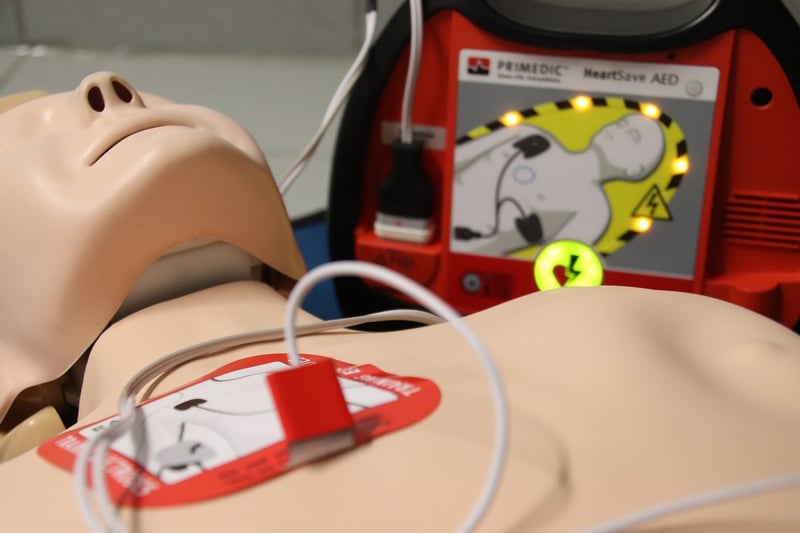First Aid Techniques
#Safety
#Emergency Preparedness
#Healthcare
Precautionary Measures and First Aid Techniques
Precautionary Measures
Prevention is always better than cure. Here are some precautionary measures to help you stay safe and avoid common accidents:
- Avoid running on wet or slippery surfaces to prevent falls.
- Keep a first aid kit handy at home, in your car, or when traveling.
- Wear protective gear such as helmets, gloves, and goggles when participating in sports or activities with potential risks.
- Ensure proper ventilation when using cleaning agents or chemicals to prevent inhalation of harmful fumes.
- Store sharp objects such as knives and scissors in a safe place away from children's reach.
- Install smoke detectors and carbon monoxide alarms in your home to alert you in case of emergencies.
First Aid Techniques
Knowing basic first aid techniques can make a significant difference in emergencies. Here are some essential first aid skills to have:
- CPR (Cardiopulmonary Resuscitation): Learn how to perform CPR to help someone who is not breathing.
- Choking: Know the Heimlich maneuver to assist someone choking on food or a foreign object.
- Wound Care: Clean cuts and wounds with soap and water, apply antiseptic, and cover with a sterile bandage.
- Burns: Run cool water over a burn for at least 10 minutes and cover with a clean cloth.
- Splinting: Immobilize a fractured or injured limb using a splint before seeking medical help.
Remember, in case of a medical emergency, always call for professional help immediately.

Stay safe, be prepared, and be ready to help others in need by following these precautionary measures and first aid techniques.
